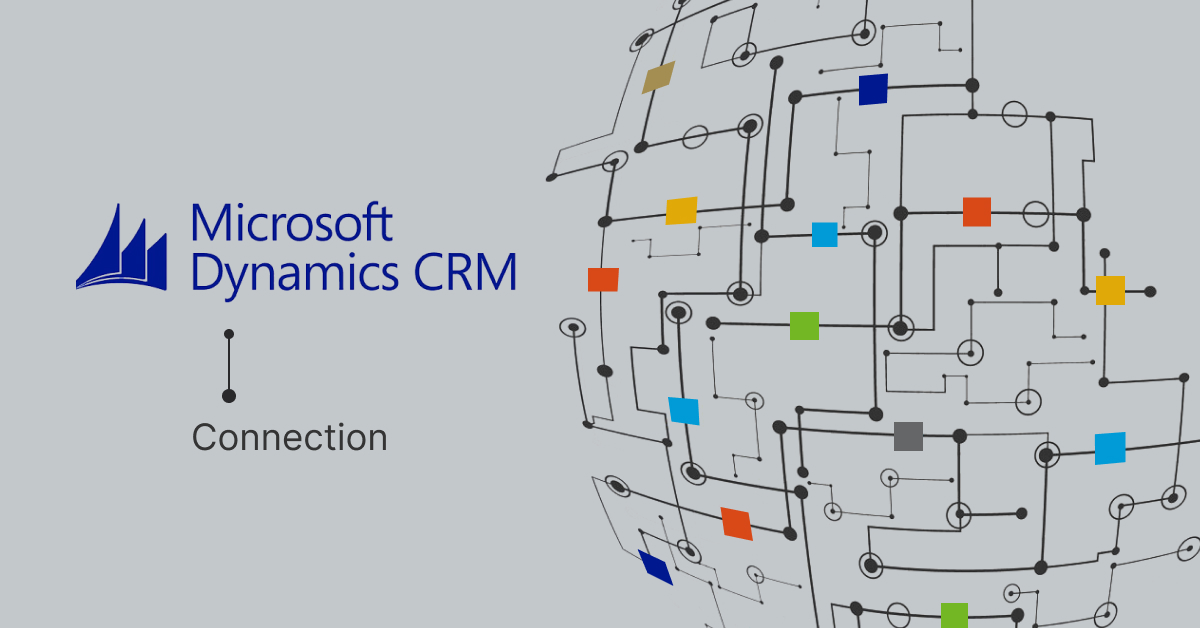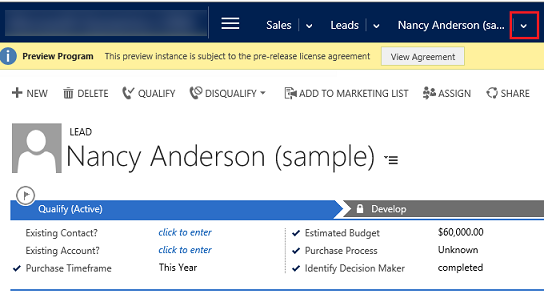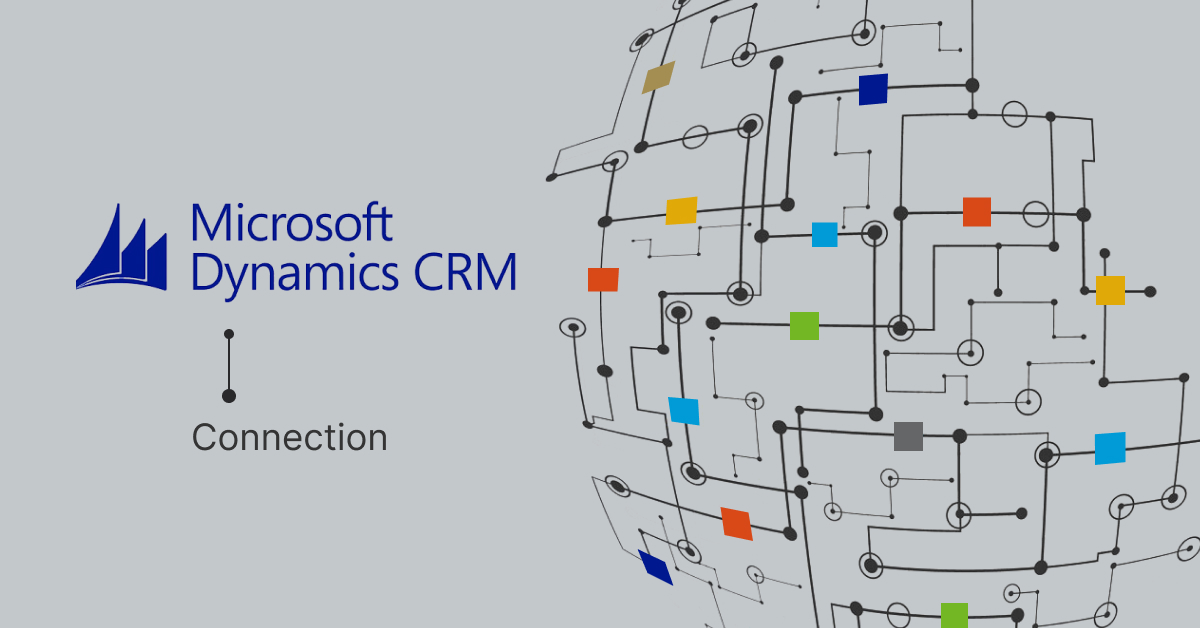You’ve come to the right spot if you want to see how Dynamics 365 can benefit your business connection. In order to get it up and running as soon as possible, we provide dedicated services to D365 Implementations.
Use Connect in Dynamics CRM Improved Customer (on-premises) to build and examine inter-record connections for a wide variety of entity types. Users, contacts, quotations, sales invoices, and many other types of entity information may be readily linked together with the use of connections. By selecting Connections in a record’s context menu, you may see every link that exists between it and any other data.

Assigning a function to a connection during its creation is standard practice. You may categorize your contacts by assigning those labels like “Account Manager” or “Colleague,” among many others. Relationships between records can be classified based on the connection roles established between the parties involved, such as those between a manager and an employee. Business, family, and friendship are the three main categories of connection responsibilities. New connection roles can be added by your system administrator.
Establish a rapport
To connect one file to another, open the file you want to connect, and then choose Connect > to another in the menu bar.
You’ll hear the term “source record” used to describe the initial file you work with.
To specify your connection role for the item you wish to connect to (the target record) in the New Connections dialogue box, enter a title and select this role. You may add a description if you like.
Target record roles might mirror those of their respective sources, be changed, or be left unfilled.
In the event that it becomes necessary, you have the option of changing the connection’s owner. To complete the form, click Details.
Simply choose to save the freshly created connection, save and close the form, or save and renew to open the form once again and make a new connection.
Check out the ties that bind a record.
By opening the relevant record, one can view a list of associated records.
Select Connections from the drop-down selection next to the record’s name to see all of the relationships between records.

Turn off the link or disconnect
Deactivating or erasing a record link is the best way to get rid of it for good if you no longer need it.
Bring up the information with which you want to part ways.
After clicking the down arrow next to the record’s name, choose Connections from the list of related entries.
Choose the link you wish to remove, and then click Deactivate or Delete.
Connecting Dynamics NAV to Microsoft Dynamics 365 for Sales allows the two systems to share data and work together. Or else, you can use D365 migration services to completely upgrade your environment.
The following information is required as a bare minimum to establish the connection:
You will be prompted to enter the URL of the server where you installed Windows XP 365 for Sales. The URL identifies the Microsoft Dynamics 365 for the Sales department and the machine on which the Microsoft Dynamics 365 for Sales server is installed by providing the URI scheme (HTTP or HTTPS) and the fully-qualified domain name (FQDN).
To connect to Microsoft’s Dynamics CRM for Sales, a connection must be set up, tested, and turned on.
Set up your CRM for Sales connection using the Microsoft Dynamics CRM for Sales Connection Setup box for any authentication method other than Microsoft 365 authentication. Alternatively, you may utilize the wizard-like supported setup provided by Microsoft Dynamics for Sales.
Network Communication to assist you in completing the necessary setup fields for Microsoft 365 authentication. The steps below detail how to manually enter information into the fields of a Dynamics CRM Marketing Connection Setup window.
In the search box, type “Microsoft Dynamics 365 for Marketing Connection Setup,” and then click the link that comes up.
To get to Dynamics CRM for Sales, please give the URL, as well as the username and password for the server’s service account.
If you wish to establish a connection to CRM for Business example using a certain authentication type, you can do so by filling in the fields on the Identity Type Details Fast Tab.
Connection strings are used by XRM software to connect to Dynamics CRM.
You may connect to your on-premises or cloud-hosted Microsoft Dynamics CRM environment with the help of the XRM tools. Connection strings in Microsoft SQL Server are conceptually comparable to this.
Native support for connection strings in configuration files includes encryption of sensitive settings. Thus, you may want to avoid coding a link to your Dynamics CRM installation directly into your application and instead set up the link when deploying.
Under “Progress” on the Home menu, click “Test Connection” to make sure your network settings are correct.
A connection to the Microsoft Dynamics 365 for Sales server is attempted by Dynamics NAV.
A message indicating that the test was completed appears if the parameters are correct and a connection can indeed be made.
If the system can’t connect to Microsoft Dynamics 365 for Sales, it will show an error message that explains what went wrong and why.
Note: If Dynamics NAV detects that data encryption is off; it will prompt you to turn it on. Select “Yes” and fill out the form to begin encrypting your data. If you don’t want to, click the “No” option. Data encryption can be turned on at a later time.
To make the link active, click the Enable button.
The connection settings will be maintained if you don’t activate the connection immediately, but users won’t be able to access data in Microsoft Dynamics 365 for Sales from within Dynamics NAV. Later, when you’re ready, you may come back to this window to really activate the link.
If synchronization between Microsoft Dynamics 365 for Business and your other apps isn’t already set up, you will be prompted to confirm whether or not to use the default synchronization arrangement.
By configuring synchronization, you can ensure that shared records between Microsoft Dynamics 365 for Sales and Dynamics NAV always have the most recent information. Select “Yes” to allow the default data synchronization setting, or “No” to disable it.
We advise you to begin synchronization immediately. You can change the connection settings to utilize the system’s default synchronization methods at a later time.
Conclusion
The Windows Dynamics 365 for marketing connection has been enabled, and the connection settings have been specified. You may now start using Dynamics NAV to deal with data from Microsoft Dynamics for Sales.
The Dynamics 365 for Business admin panel provides access to a wide variety of configuration settings, including those that may be used to tighten the system’s security and kick off the sales order processing function. To have any further information on how to set up connections in Dynamics 365 CRM, don’t hesitate to contact us.



